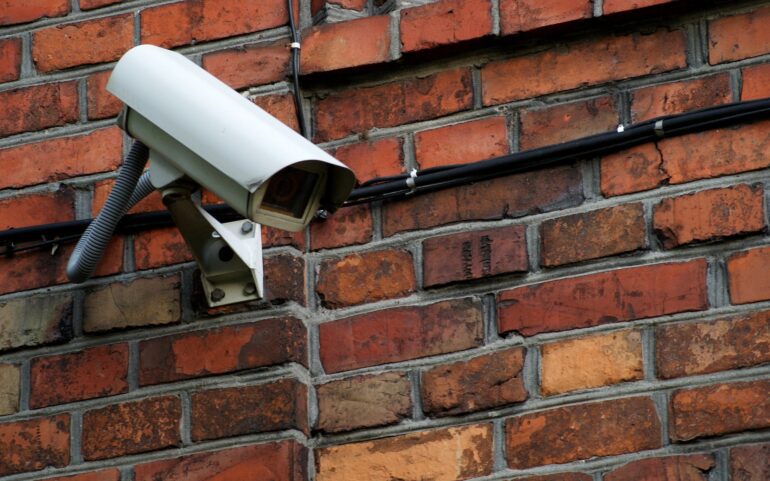TL;DR:
- New Zealand Police have implemented BriefCam, an AI-powered surveillance system, since 2020.
- BriefCam has been used to analyze CCTV footage for faces and vehicles.
- Half of the businesses in BriefCam’s global markets now utilize “AI-enabled” video surveillance.
- A quarter of these businesses have integrated AI-based systems across multiple departments.
- BriefCam offers 27 additional search methods beyond facial recognition.
- The deployment of high-resolution security cameras has tripled in the past five years.
- The video analytics market is projected to exceed $30 billion annually by the end of the decade.
- New Zealand Police publicly disclosed their use of BriefCam in 2020.
- BriefCam’s implementation focused on stored footage analysis, not live CCTV feeds.
- BriefCam reduced the time required to analyze three months of video footage from six weeks to two hours.
Main AI News:
New Zealand Police have embraced cutting-edge technology to enhance their surveillance capabilities. The adoption of BriefCam, a renowned surveillance company specializing in artificial intelligence (AI), has proven to be a game-changer. Since its implementation in 2020, BriefCam has empowered law enforcement agencies by analyzing CCTV footage for facial and vehicle recognition.
In a recent industry update, BriefCam proudly announced that half of the businesses in its global markets have now embraced “AI-enabled” video surveillance. What’s more, a quarter of these businesses have successfully integrated AI-based systems across multiple departments, showcasing the widespread recognition of AI’s transformative potential.
One of the primary beneficiaries of BriefCam’s state-of-the-art technology has been the American companies market, particularly law enforcement agencies such as the US police departments. By utilizing BriefCam, these agencies have been able to transcend conventional facial recognition capabilities and expand their search capabilities with 27 additional ways to narrow down suspects.
Moreover, BriefCam reported a substantial surge in the deployment of high-resolution security cameras, with their numbers tripling in just five years. This proliferation of advanced camera technology has undoubtedly played a pivotal role in bolstering the effectiveness of video analytics solutions.
The remarkable growth of the video analytics market is predicted to soar to over $30 billion annually by the end of this decade. Such projections highlight the immense potential and significance of harnessing AI-powered surveillance solutions to combat emerging security challenges effectively.
In a comprehensive stocktake conducted by the New Zealand Police in 2020, the utilization of BriefCam was disclosed to the public. This cutting-edge system, alongside several other surveillance technologies, was recognized for its capability to facilitate targeted and mass surveillance activities that address high-risk scenarios.
The New Zealand Police reiterated that BriefCam’s implementation was solely limited to stored footage analysis and did not extend to live CCTV feeds. The primary objective remained the identification of “known” faces, specifically individuals identified as suspects. By leveraging the power of AI, BriefCam dramatically reduced the time required for analyzing extensive video footage. The process, which previously took six weeks to analyze three months of recordings, now takes just two hours, exemplifying the remarkable efficiency gains achieved.
Conlcusion:
The widespread adoption of BriefCam and AI-powered surveillance solutions by businesses, particularly in the law enforcement sector, signifies a significant transformation in the market. The integration of advanced video analytics and facial recognition technologies has propelled the industry forward, offering new avenues for targeted surveillance and enhanced security measures.
With the global market witnessing substantial growth in the deployment of high-resolution security cameras, coupled with the projected exponential expansion of the video analytics market, it is evident that businesses recognize the immense value and potential of AI-enabled video surveillance solutions. This paradigm shift underscores the increasing demand for innovative technologies that bolster public safety, streamline operations, and mitigate security risks, paving the way for a dynamic and promising future in the market.

